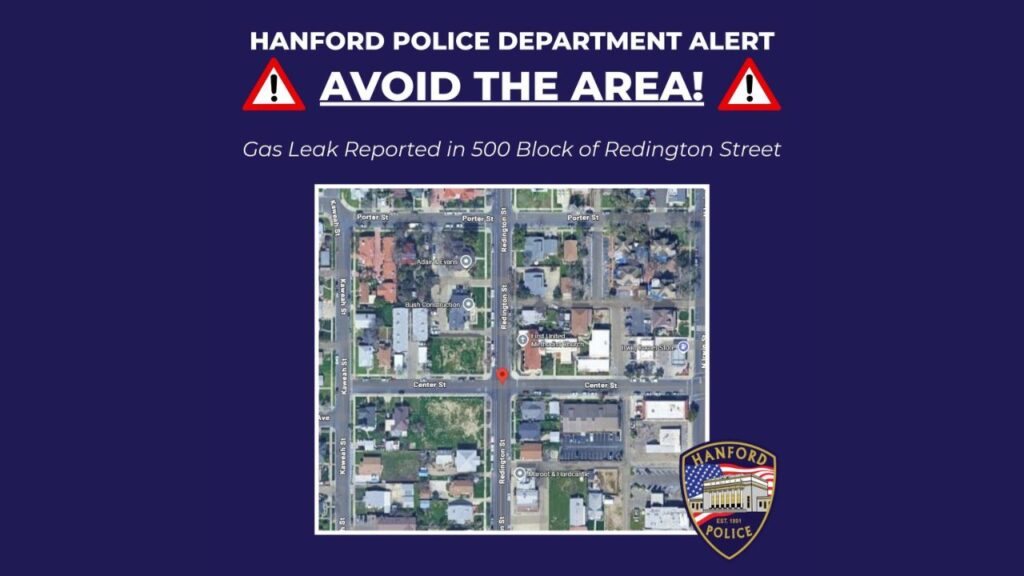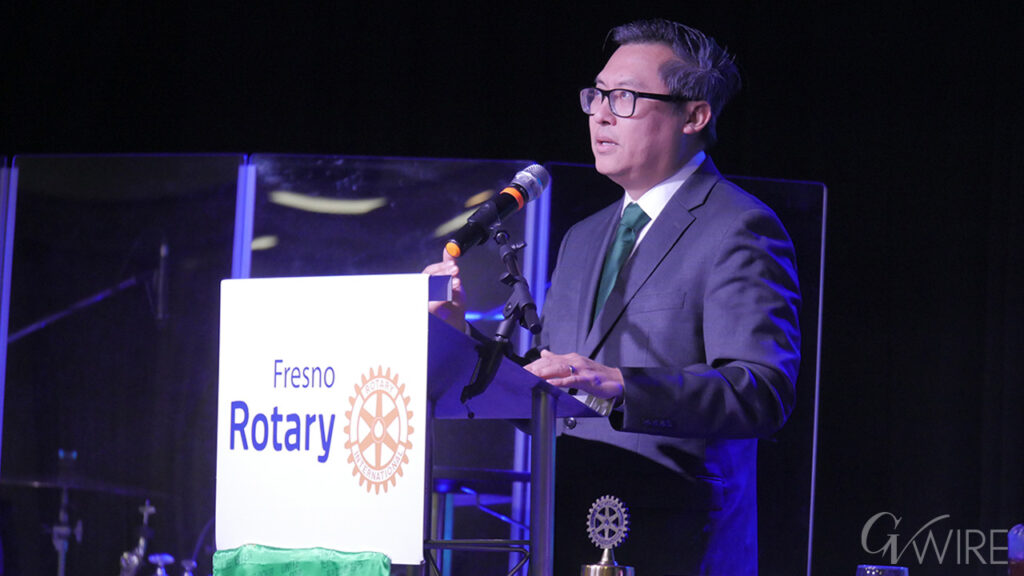Share
Brandi Alexander’s 10-year-old son normally doesn’t mind the long school bus ride to Yokomi Elementary, where he is a GATE student. But when the summer temperatures are in the triple digits, those rides are nearly unbearable, Alexander says.
When he gets home, “he’s just beet red,” Alexander told GV Wire. “This year it’s been so hot.”
On steamy days, the driver greets her son and other passengers with ” ‘Hey kids, welcome to the hot bus,’ so they know what to expect,” she said. “I feel for the bus driver. They’re in there too.”
Alexander said her son has even asked her for a ride home a couple of times so he wouldn’t have to take the bus from Yokomi in central Fresno to his Fig Garden Loop neighborhood, which can take 60 to 90 minutes. He’s the first student on in the morning and last off in the afternoon. She makes sure to have a cold drink waiting for him when he gets home.
Last year was no problem because his bus was air-conditioned, Alexander said. But this year the Alexanders discovered that air conditioning is not the rule for Fresno Unified buses.
Fewer Than Half Equipped With AC
Alexander said that when she checked with the Fresno Unified transportation department, she was told that only 10 buses had working air-conditioning systems. The district’s website says that 44 of the 103 buses have air conditioning. Eighty-two are fueled with compressed natural gas, and most are equipped with Wi-Fi.
But district spokeswoman Vanessa Ramirez said only two of those 44 buses have broken air conditioners, and they are not in service.
The district is in the process of buying three new buses with air-conditioning, using grant money. All buses purchased since 2013 have been equipped with air conditioning, she said.
Retrofitting the older buses in the fleet with air conditioning would cost up to $25,000 per bus, take months to complete, and require approval by the California Highway Patrol, Ramirez said, which is “not an option for FUSD.”
Alexander said she worries not only for her son but for other kids who have health issues such as asthma or who take medications that make them more sensitive to high temperatures.
So far this year, there have been no reports of heat-related incidents on a Fresno Unified bus, Ramirez said.
Schools Moving Forward With AC Projects
Once students are in school, air conditioning is readily available in all regular classrooms, Ramirez said. Some locker rooms or vocational education spaces were originally equipped with evaporative cooling because it was not possible to condition air where there was extreme humidity, gases, or smoke, she said.
At schools where those spaces have been converted to classrooms, air conditioning is contingent on evaluation of the buildings for conversion, Ramirez said.
Meanwhile, Measure X bond funds are helping to pay for air conditioning projects totaling $11 million, including 22 school cafeterias that have had evaporative cooling, she said. Those projects are either already completed, underway, or in design, Ramirez said.
The Fresno High gym air conditioning project is nearing completion, and the Hoover Event Center AC project is in design, she said.



















